
views
Beginning the Clipping Process
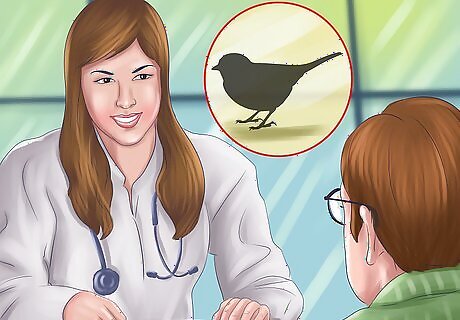
Talk to a veterinarian. If you've never clipped a bird's wings before, this is vital. A veterinarian or veterinary technician should guide you through the process. A bird's first wing clipping should always be conducted by a veterinarian. Take your bird to a local avian vet and have them show you the correct clipping process. After the initial clipping, you may be able to clip your bird's wings again. However, if you feel uncomfortable or uncertain, have a vet clip your bird's wings. It's not worth the risk of injuring your bird.
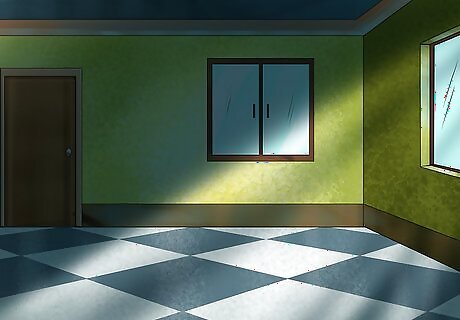
Find the right environment. To trim your bird's feathers, you need to be able to see what you're doing. You also need a quiet room to keep your bird calm. Find a room in your home that's both well-lit and quiet. This is best for your bird's safety and comfort. You should also choose a room that you can close off, without any open windows or doors. You do not want your bird to get out during the clipping process.
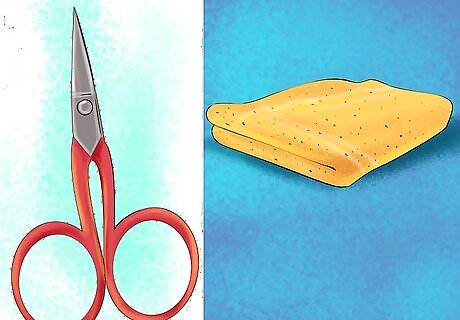
Gather your supplies. Have all your supplies ready before you begin clipping. The process will be stressful for your bird, and you do not want to prolong it by scrambling for materials. You will need the following: A pair of small and sharp scissors A thick towel If possible, find someone else to assist you with the clipping process.
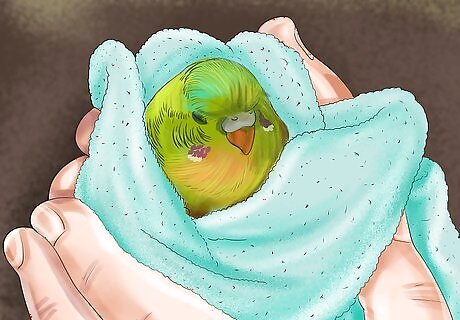
Restrain your bird. Birds will resist having their wings clipped. You will need to wrap your bird in the towel to keep it still during the clipping process. You will use the towel like a baseball mitt to grab the bird. Do not put pressure on a bird's chest. Birds do not have diaphragms, so any pressure on the chest could prevent breathing. If someone else is holding the bird, have that person use one hand to hold the bird's body. The person should use their other hand to gently hold the bird's head between their thumb and forefinger. This will prevent biting.
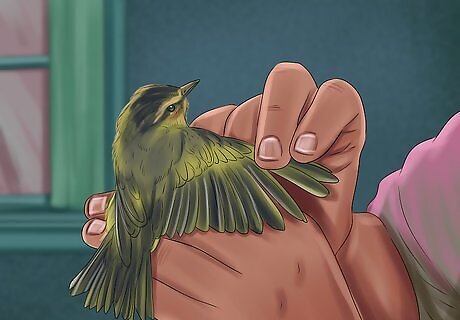
Identify the primary flight feathers. It is very important you know which feathers to clip. When clipping a bird's wings, you should only clip the primary flight feathers. Gently spread the bird's wing apart and locate these feathers. Your bird should have two sets of overlapping feathers on its wings. The smaller feathers that overlap the larger feathers should not be cut. The larger feathers stemming from the smaller feathers are known as the "primary flight feathers." You will be trimming the first six primary flight feathers. Make sure you do not trim them so short you cut into the shorter, overlapping feathers.
Clipping Your Bird's Wings Safely

Start from the wing tip. When you begin cutting, snip the feather closest to the wing tip. You will be working inward as you trim. Clip the primary flight feathers about a quarter inch below the shorter, overlapping feathers.
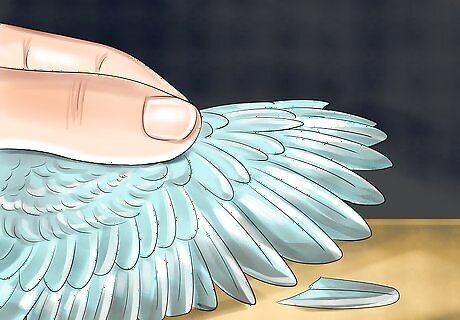
Cut one feather at a time. Trim the first six primary flight feathers, moving from the wingtip towards your bird's body. Make sure to trim a quarter inch below the overlapping short feathers. Do not cut into these feathers, as this can harm your bird. Clip only one feather at a time. Clipping a bird's wings takes concentration and precision. If you try to clip all six feathers at once, you could end up going too fast and harming your bird.
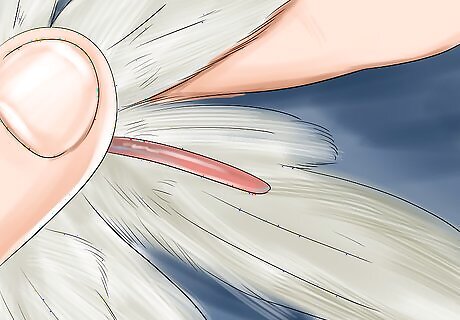
Watch out for blood feathers. Blood feathers are newly formed feathers. If cut, they will bleed. Blood feathers are waxy and pinkish in appearance, and also have a visible blood vessel running through them. Examine each feather to make sure it is not a blood feather before clipping. Blood feathers need to be protected. If you notice a blood feather, you should also avoid trimming the full grown feather next to it. If there are a lot of blood feathers present, it is probably too soon to clip your bird's wings. Try putting off clipping for a few days.
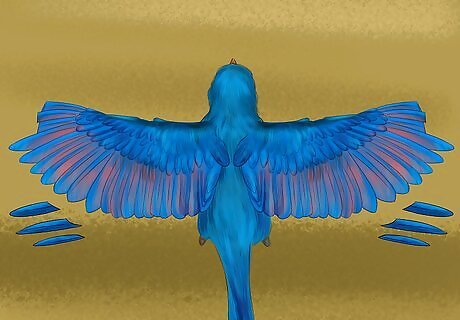
Trim an equal number of feathers from each wing. You want your bird to maintain equilibrium. Make sure the number of feathers trimmed on each side is equal. While a bird should not be able to fly, it should still be able to glide and sit on its perch. Trimming the wings unevenly could prevent balance.
Avoiding Accidents
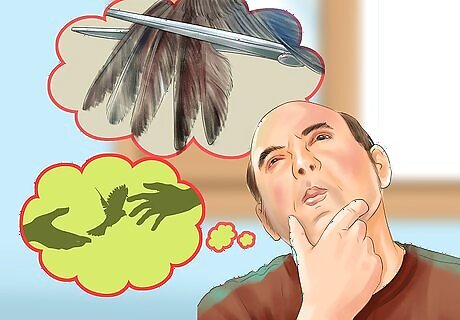
Have two people present if possible. It is not impossible to clip your bird's wings on your own. However, it can be very difficult. This is especially true if your bird is difficult to handle. For safety purposes, try to have another person present to assist you.
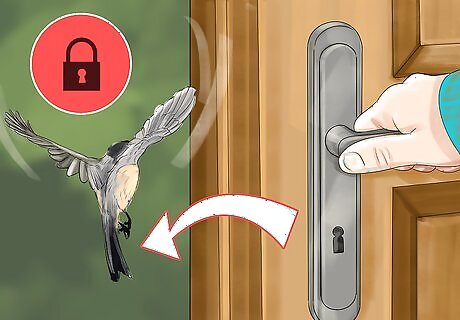
Act quickly if your bird escapes. In rare cases, a bird can escape during the clipping process. You can prevent this by keeping all doors and windows closed, and working in a closed off room. In the event your bird escapes, act quickly. Immediately put your bird's cage in the yard. Open the cage and put a bowl of food inside. Put fliers up around town. You should also call local veterinary clinics and animal shelters to report you lost your bird. Include any ID information, like a microchip or a leg band.
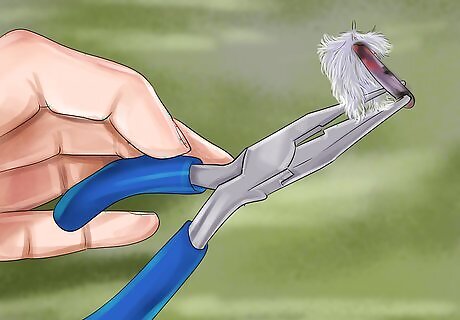
Have a blood feather removed if you cut it. Blood feathers will not stop bleeding on their own. If your bird bleeds continuously, it can die. A blood feathers needs to be removed with pliers and this should be done by a professional to prevent further harm to your bird. You should take your bird to the vet to have this procedure done if you clip into a blood feather.










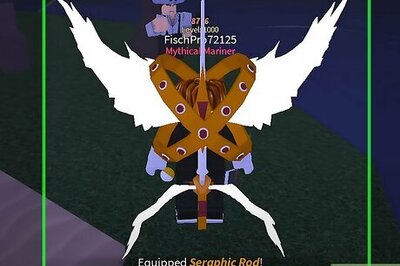



Comments
0 comment